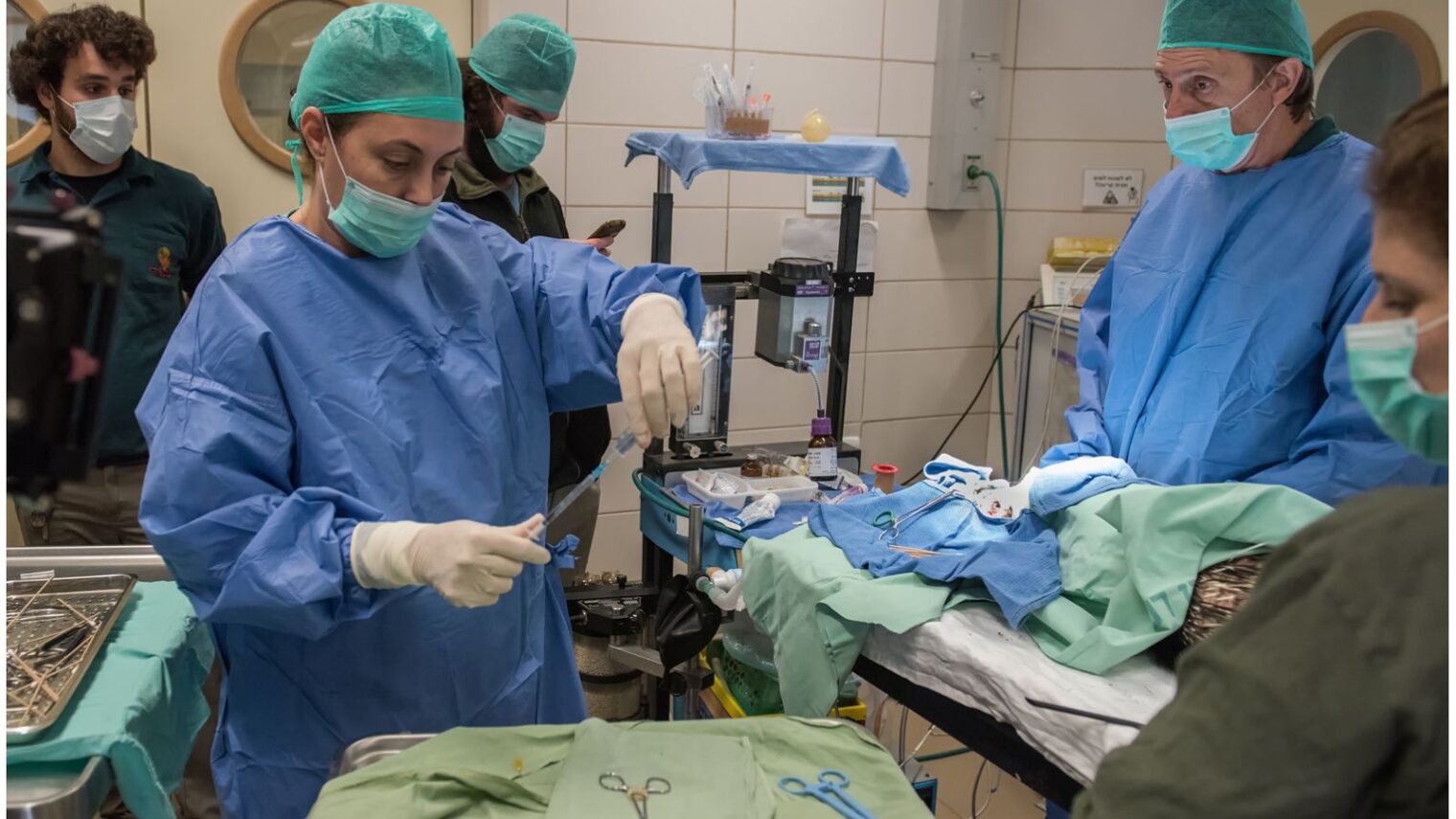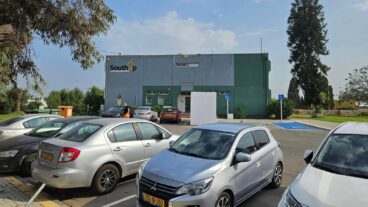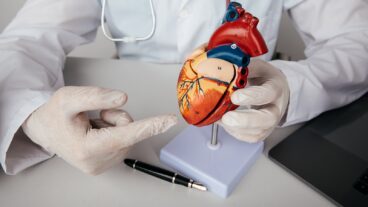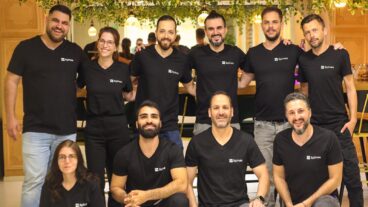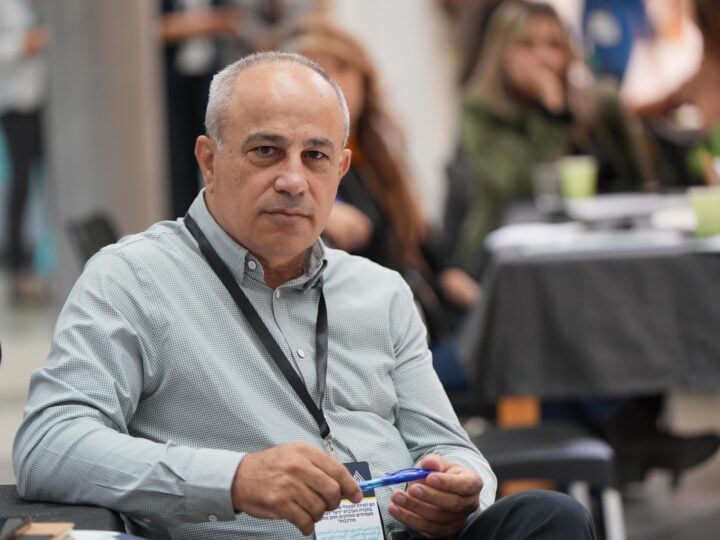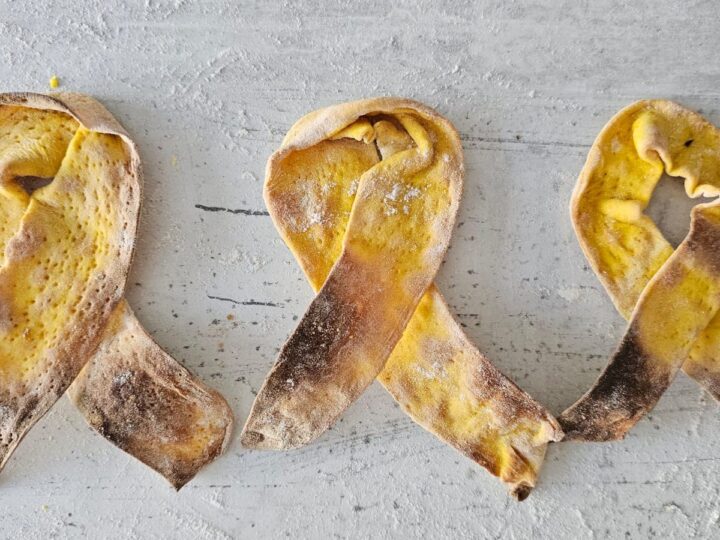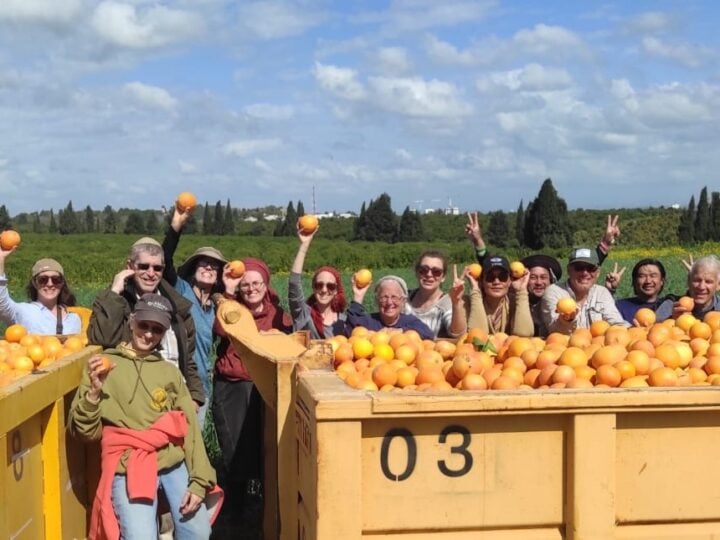Noah’s Ark is said to have saved many animals from extinction. Now, veterinarians at the Zoological Center Tel Aviv-Ramat Gan Safari, together with experts from the Leibniz Institute for Zoo and Wildlife Research (Leibniz-IZW) in Germany, are using innovative techniques to create a DNA tissue bank for animals – especially those expected to become extinct in the next few years.
The Israel-German Ark of Life is a frozen zoo comprising animal DNA samples kept in special tubes at a constant -196 degrees Celsius. The forward-thinking conservation project uses modern means to prepare for future advances in saving animals.
“Today we can take the genes to conserve. The tissues can be used in the future for several reasons, whether to reproduce species of animals that become extinct or maybe reproduce organs for transplants,” Dr. Yigal Horowitz, chief veterinarian at the Safari and head of the project, tells ISRAEL21c.
“I believe in the future there will be many possibilities of what can be done with these genes. Some of them we can imagine today and most of them we cannot even imagine. What matters is that people will use the technology in the future to do those things they can’t do today,” he says.
“In the biblical story, there was the flood and Noah saved the animals. We have a flood of people that are harming nature. The modern ‘ark’ is our containers of liquid nitrogen.”
Ark of Life is the first project of its kind in the Middle East and the third in the world. The San Diego Zoo Institute for Conservation Research and the UK’s Frozen Ark Project are on similar missions to collect, preserve and store tissue, gametes, viable cells and DNA from endangered animals.
“It doesn’t matter if there are similar projects elsewhere; at the end of the day you want to conserve genes. The more variety you have, the better,” Horowitz says.
The project’s team is seeking donors and collaboration from other zoos and research institutes in Europe and Asia to join forces with the Ramat Gan Safari and Leibniz-IZW.
Modern-day Noah
Together with Dr. Thomas Hildebrandt, IZW head of the department of reproduction management; Dr. Susanne Holtze, scientist at Leibniz-IZW; and other fertilization experts at the German zoo, the Israeli Safari researchers hope to preserve the DNA of as many animals and birds as possible.
The Wildlife Hospital at the Ramat Gan Safari treats some 4,000 animals and birds annually. In fact, thanks to Israel’s unique position at the crossroads of three continents, there’s a soaring birdlife here during migration seasons.
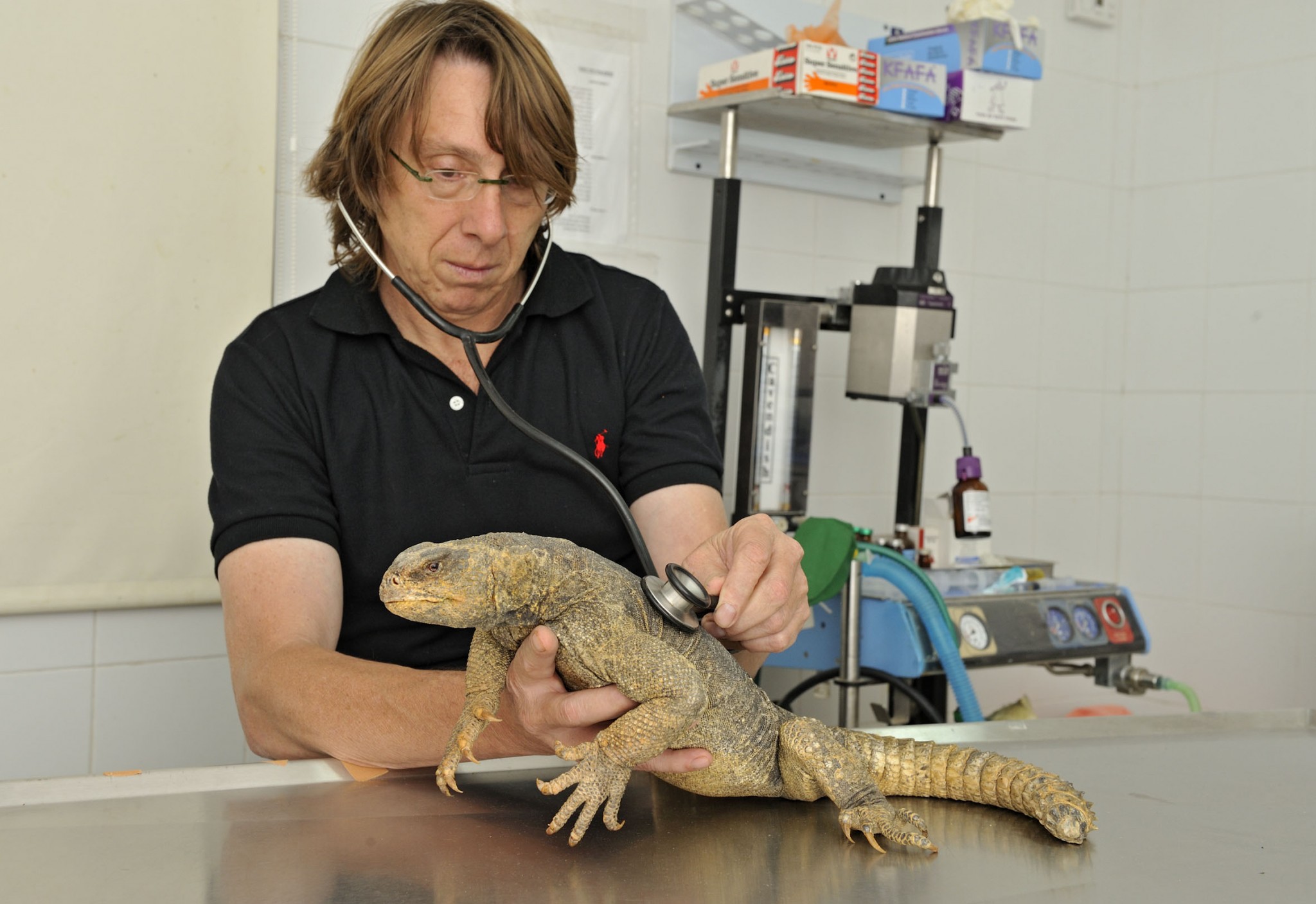
Horowitz says that in the last 10 years, veterinarians at the Wildlife Hospital have treated more than 300 species of animals and birds. “There are a lot of different species of animals that are in Israel or arrive in Israel that can be used for the DNA gene bank,” he says.
When an animal checks in for treatment at the Wildlife Hospital, the veterinarians will now take a sample of its tissue for the new project. Those tissue samples are put into special tubes, secured in a box, and deposited in liquid nitrogen tanks in an on-site facility. Each gene collected at the Safari in Ramat Gan will be duplicated and sent for safe storage at Leibniz-IZW as well.
Horowitz says the DNA samples can be stored for 3,000 years.
While zoos are themselves a form of conservation, these new frozen zoos offer to bring back animals that aren’t seen anymore or to save the last remaining members of a species.
“Noah collected all the animals and saved them from extinction years ago. I believe it is now our turn to do this,” says Horowitz. “In the biblical story, there was the flood and Noah saved the animals. We have a flood of people that are harming nature. The modern ‘ark’ is our containers of liquid nitrogen.”




